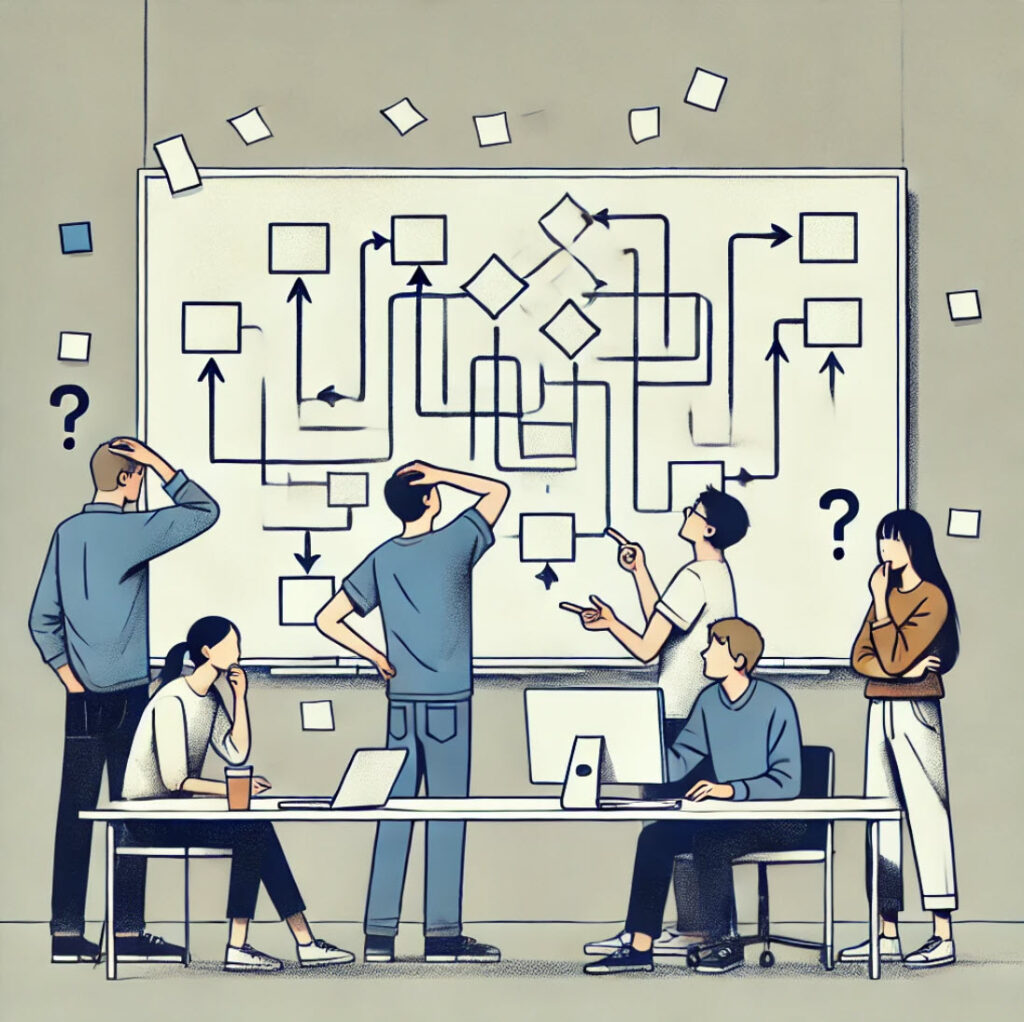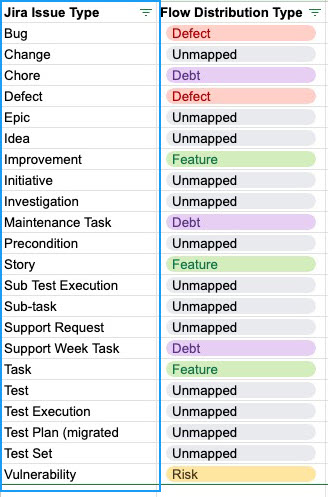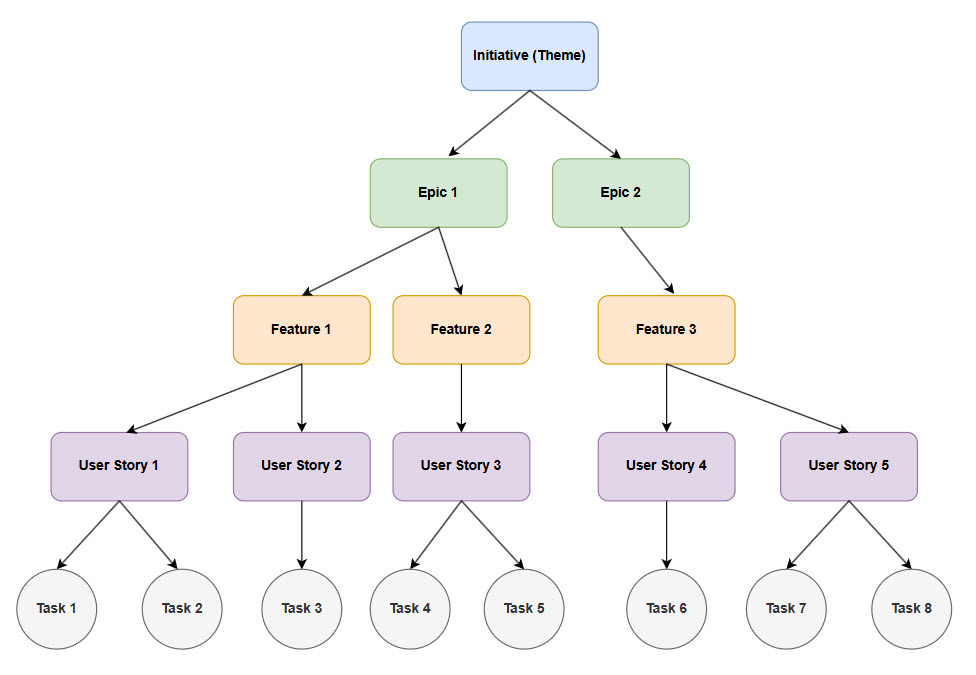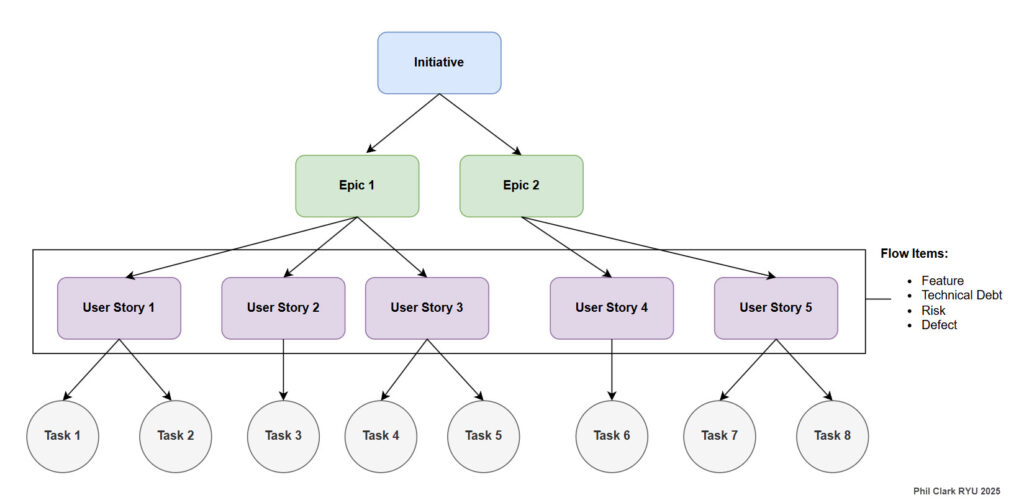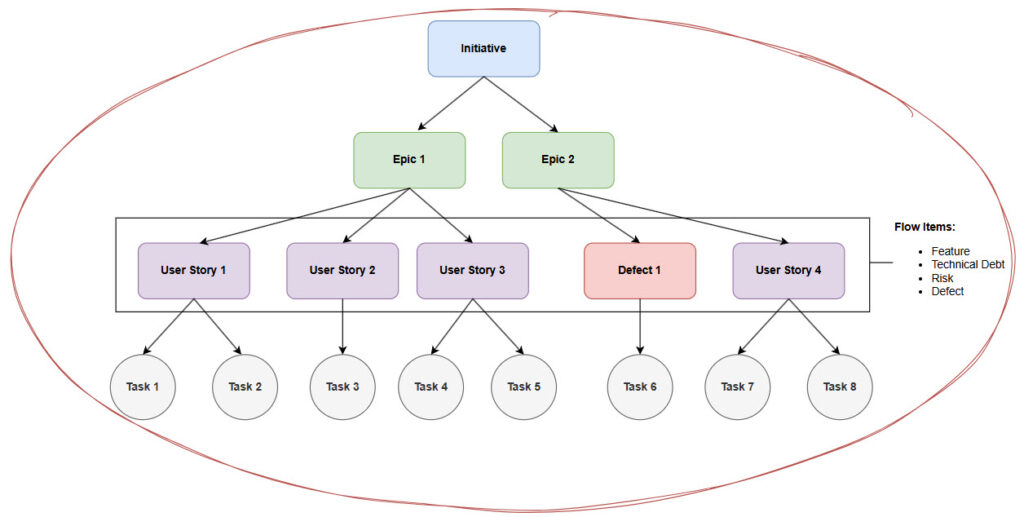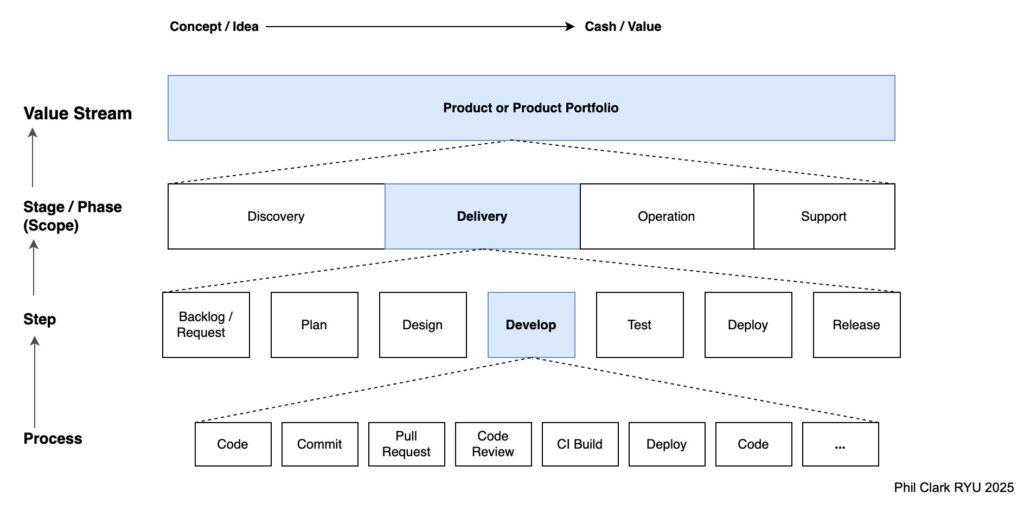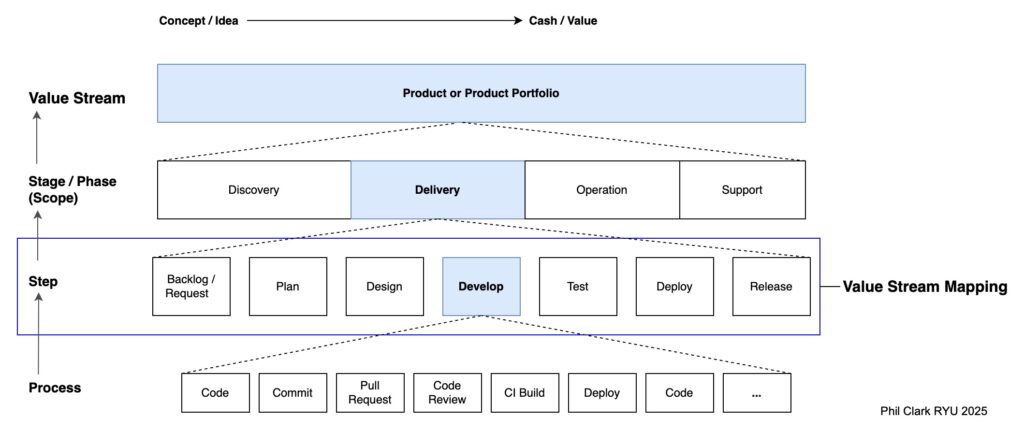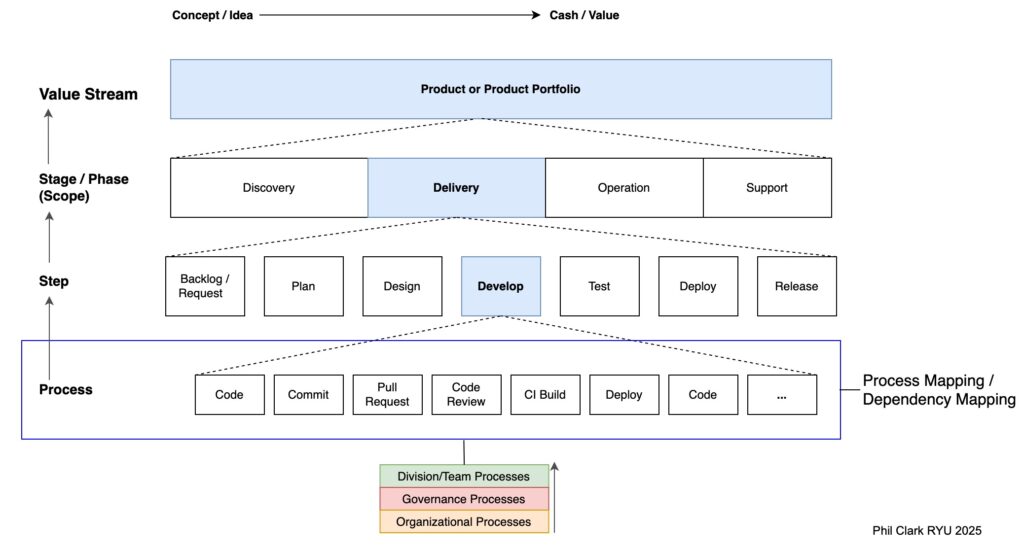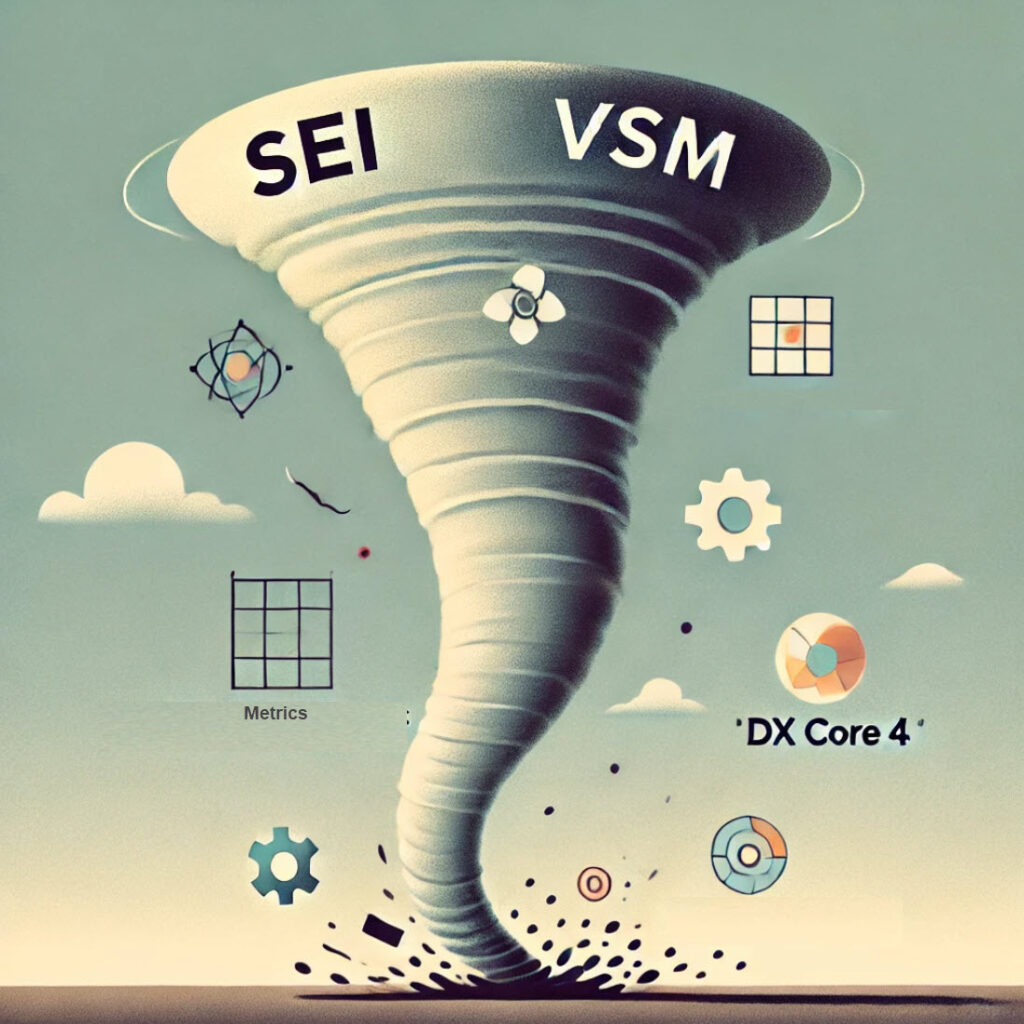8 min read

The Cost-Driven Decision That Many Companies Regret
Many organizations today are eliminating the Scrum Master or equivalent Agile leadership role, not to rebrand it but to cut costs. Instead of keeping Agile leadership as a dedicated role, they distribute its responsibilities across existing team members:
- Engineering Managers take on Agile execution and delivery oversight.
- Product Managers absorb backlog management, facilitation, and team coordination.
- Team members self-manage Agile ceremonies, tracking, and reporting.
At first glance, this is a logical cost-saving move. Mature teams should be able to self-organize. But the reality is far more complicated.
In our company, we’ve seen firsthand that keeping Agile leadership as a distinct role pays off significantly more than the salary it costs.
Why We Didn’t Eliminate This Role
Like many organizations, we’ve gone through multiple Agile transformations:
- Waterfall to WaterScrumFall – Agile sprints, but still project-driven release cycles
- Scrum to Kanban & Flow – Shifting toward continuous delivery and flow efficiency
- Scrum Master to Agile Leader to Agile Delivery Manager – Evolving the role encompassing Flow Metrics, Value Stream Management (VSM), Flow Engineering, and continuous optimization.
Rather than eliminate the role, we adapted it to better match how our teams and technology operate today.
We’ve moved away from Scrum and now use a Kanban flow with a few Scrum ceremonies mixed in. As a result, we changed the role name from “Agile Leader” since neither “Agile Coach” nor “Scrum Master” fit the way we work or the responsibilities of the role.
Meanwhile, our parent company, which structured product teams differently, removed the Scrum Master and QA roles, pushing those responsibilities onto Product and Engineering Managers. This team design isn’t inherently wrong, but it does fundamentally change team dynamics and, in our experience, weakens long-term effectiveness.
Our support for this role deepened when we began adopting Value Stream Management in 2020 and 2021. As we learned more about optimizing the flow of work across the system, aligning delivery to OKRs and business outcomes, and using Flow Metrics to identify bottlenecks, we made a key decision: rather than hire a value stream architect or separate value delivery lead; we assigned that accountability to the Agile Leader. That move became a turning point. The role now included facilitation, value stream management, flow engineering, and cross-system delivery health. This expansion of responsibility led us to retitle the role of Agile Delivery Manager.
The Hidden Cost of Eliminating Agile Leadership
Many companies assume Agile execution can take care of itself. But what happens?
- Engineering Managers are already stretched managing technical leadership, hiring, mentoring, and architecture. Adding Agile execution oversight creates competing priorities.
- Product Managers are tasked with strategy, roadmap, and customer insight. When they absorb Agile execution, their ability to drive innovation and product-market fit suffers.
- Teams default to feature-first work without someone to balance priorities across features, tech debt, security, and defects.
- The erosion of Agile leadership often leads to a breakdown in psychological safety, team culture, and continuous improvement. Agile leaders aren’t just facilitators but team enablers who cultivate trust, alignment, and growth.
The impact of cutting or removing the dedicated agile leader role from teams isn’t a theoretical concern. We’ve seen organizations eliminate the role and reinstate it later after delivery slowed, burnout spiked, and alignment broke down.
What Happens When Agile Leadership Is Removed?
When Agile leadership is absorbed rather than owned, teams face:
1. Increased Cognitive Load for Engineering & Product Managers
- Engineering Managers are expected to facilitate Agile ceremonies, track team health, and optimize delivery on top of leading architecture and engineering excellence.
- Product Managers now manage the backlog, facilitate delivery, and maintain customer alignment all at once.
2. Reduced Flow Efficiency & Team Alignment
- Work is optimized for speed over value, with more features and fewer strategic investments in quality, sustainability, or security.
- No one is clearly accountable for balancing work types across the system.
3. Breakdown in Agile Practices, Psychological Safety & Team Culture
- Retrospectives lose impact without consistent facilitation.
- Process improvements stall without clear ownership.
- Team culture and psychological safety erode, affecting engagement, retention, and long-term execution health.
The Agile Delivery Manager: More Than a Facilitator
As our practices evolved, the role titles and responsibilities changed as well. 2025, we’re updating it from Agile Leader to Agile Delivery Manager. The Agile Delivery Manager (ADM) is more than just a renamed Scrum Master; it’s an evolved form of Agile leadership designed to ensure:
- Agile leadership is a focused role, not something to divide among the team
- Flow Metrics and Value Stream Management (VSM) help improve overall system delivery
- Teams prioritize both feature development and maintaining system health, technical debt, security, and fixing defects
- Psychological safety, collaboration, and a strong culture are actively maintained
Unlike Product Managers (incentivized to deliver features) or Engineering Managers (focused on technical excellence and delivery), the ADM has no stake in any single type of work. This neutrality is essential. They provide a holistic, unbiased lens on the system, ensuring balanced Flow Distribution and healthy delivery over time. Without this role, teams prioritize visible work and short-term wins, neglecting foundational needs.
What the Experts Say About Scrum Masters and Why It Still Matters
Some well-known Agile voices have described the Scrum Master as a servant-leader, facilitator, and invisible guide:
“Great Scrum Masters don’t manage the team; they enable the team to manage themselves.” – Gunther Verheyen, author of Scrum – A Pocket Guide
“A good Scrum Master is invisible. A great Scrum Master makes the team feel like they did it themselves.” – Geoff Watts, Agile coach and author
“The role of the Scrum Master is not to ensure Scrum is implemented correctly. It’s to ensure that the team continuously improves and delivers value.” – Scrum.org Blog
“Without a dedicated Scrum Master, teams often fall back into old habits, status reporting, command-and-control, and short-term delivery over long-term health.” – Agile coach insight, echoed across retrospectives and forums
These quotes reflect the foundational role the Scrum Master plays in enabling self-managing teams, continuous improvement, and long-term value delivery.
However, the role must evolve as the team matures. When teams move beyond needing constant facilitation, the Agile leader doesn’t become unnecessary; they become more strategic. They step into a broader role: optimizing flow, supporting cross-functional alignment, stewarding system health, and driving outcome-based delivery.
Rather than disappearing, the Agile leader becomes even more critical, not as a passive servant but as a system-level enabler of delivery efficiency and value.
Lessons from Inside: Comparing Team Models
I’m fortunate to work in an organization that supports both models: teams with dedicated Agile Delivery Managers and teams with responsibilities assigned to Engineering Managers. This side-by-side comparison has been revealing. Engineering managers in teams without an ADM often struggle to juggle architectural leadership, people management, Agile ceremonies, psychological safety coaching, and flow metrics. The burden is real, and it dilutes their impact across all fronts. What gets lost is not just ceremony facilitation but sustained attention to team health, value delivery, and process evolution. These teams tend to operate reactively without a clear guide focusing on system optimization.
That said, I also recognize that some long-lived, high-performing teams have matured to the point where they can self-manage without formal Agile leadership. These teams have developed strong cultures, embedded trust, and deep internal accountability. In those environments, the absence of a dedicated ADM may not be felt day-to-day.
However, this raises an important question: Who is responsible for reporting on delivery health, aligning with outcomes, and guiding continuous optimization across the system? That’s not a critique; it’s just something worth considering.
Different Models, Different Choices
To be clear, I’m not saying one model is right and the other is wrong. I’m sharing what I’ve seen work and where things fall apart.
Different organizations, maturity levels, and team cultures will demand different approaches. But understanding the trade-offs is key. Eliminating Agile leadership may save salary dollars, but it can cost far more in lost alignment, missed improvement opportunities, and team degradation over time.
Key Responsibilities of the Agile Delivery Manager
- Agile Leadership & Flow-Based Delivery
- Facilitate planning, stand-ups, retrospectives, and production reviews
- Align teams around roles and responsibilities and work across the value stream
- Champion flow efficiency by removing bottlenecks and managing work intake
- Foster psychological safety, trust, and continuous learning
- Value Stream Management, Flow Engineering, and Flow Metrics Optimization
- Lead monthly Flow Metrics reviews to help teams surface and resolve inefficiencies
- Track Flow Time, Efficiency, Load, Velocity, and Distribution
- Ensure investment in tech debt, security, and sustainability, not just features
- Cross-Team Collaboration & Dependency Management
- Align Product, Engineering, and Agile leadership
- Coordinate across teams to manage dependencies and reduce delivery friction
- Partner with Platform and Production Engineering teams for smoother execution
The Unicorn Problem: Why Overloading Other Roles Fails
Some argue that Product and Engineering Managers can take on these additional responsibilities, but at what cost?
The industry already struggles to fill these roles with strong candidates. When you ask one person to manage delivery flow, facilitate team dynamics, coach culture, drive Agile execution, and lead strategy, you create what I call the “unicorn problem.”
- T-Shaped Leaders = Deep expertise in one area + a broad understanding of others
- V-Shaped Leaders = Deep expertise in everything (engineering, Agile, customer insight, facilitation, coaching, metrics, and more)
Unicorns exist but rarely and not for long. Overloading these roles doesn’t set anyone up for success.
Should You Drop the dedicated Scrum Master or Agile Leader Role?
Most organizations still have a Scrum Master or equivalent Agile role, but some are experimenting with eliminating it in favor of shared responsibilities.
While this can work in some instances, our experience proves that a dedicated Agile leadership role improves:
- Delivery flow efficiency
- Business alignment
- Sustainable team execution
- Psychological safety and culture
So before you eliminate the role, ask: Who on your team is incentivized to prioritize delivery balance across features, tech debt, security, and defects? If no one owns that responsibility, it’s likely no one is doing it well.
Again, I’m not prescribing a one-size-fits-all answer. I’m sharing what I’ve seen in practice, from teams that struggled without this role to high-performing teams that outgrew it to the evolution of the ADM as a critical driver of system-wide value delivery. The key is clarity of purpose and accountability, no matter the model.
“Agile leaders don’t just guide their teams. They protect and improve the entire delivery system. They play a key role in ensuring its integrity and success. They are the guardians of the delivery system.” – Phil Clark
What’s your experience?
- Has your organization eliminated this role?
- If so, what impact has it had?
- Should Agile execution be absorbed by Engineering and Product Managers?
Let’s keep the conversation going.
Related Posts
- From Good to Great: Shifting to Outcomes in 2025, January 2025.
- Beyond Facilitation: The Agile Leader’s Place in Cross-Functional Team Dynamics, February 2024.
- Agile Software Delivery: Unlocking Your Team’s Full Potential. It’s not the Product Owner, December 2022.
Poking Holes
I invite your perspective on my posts. What are your thoughts?
Let’s talk: [email protected]

